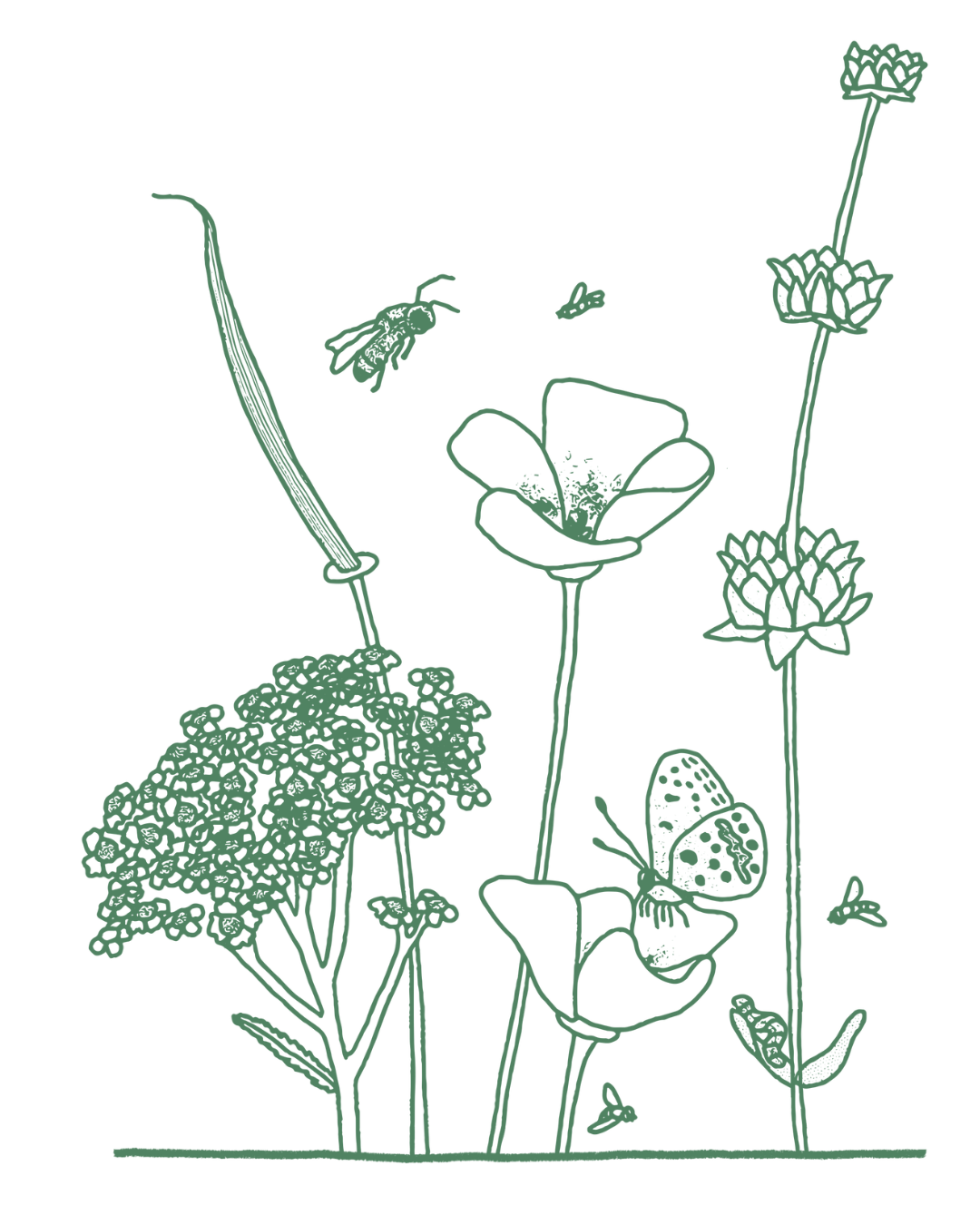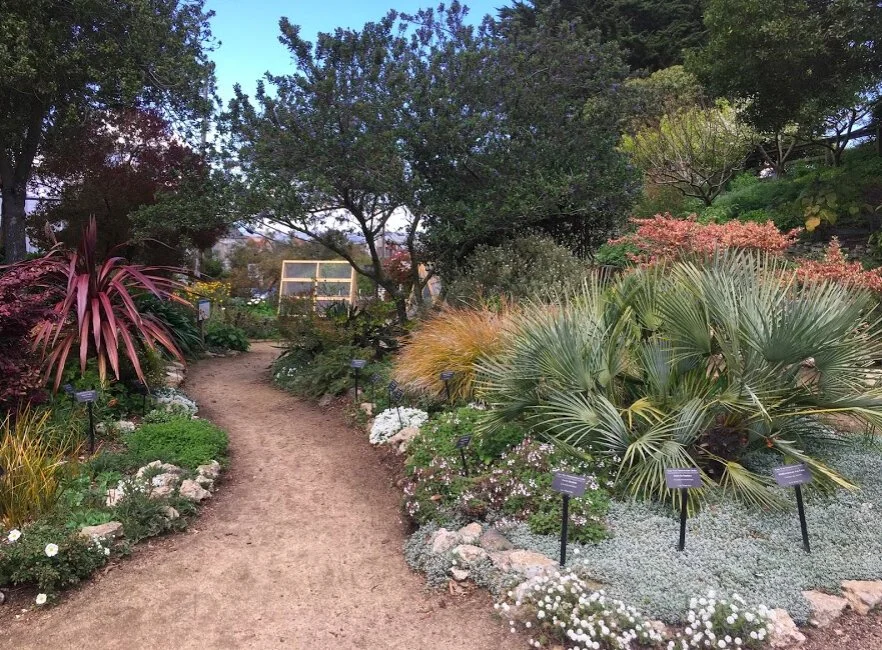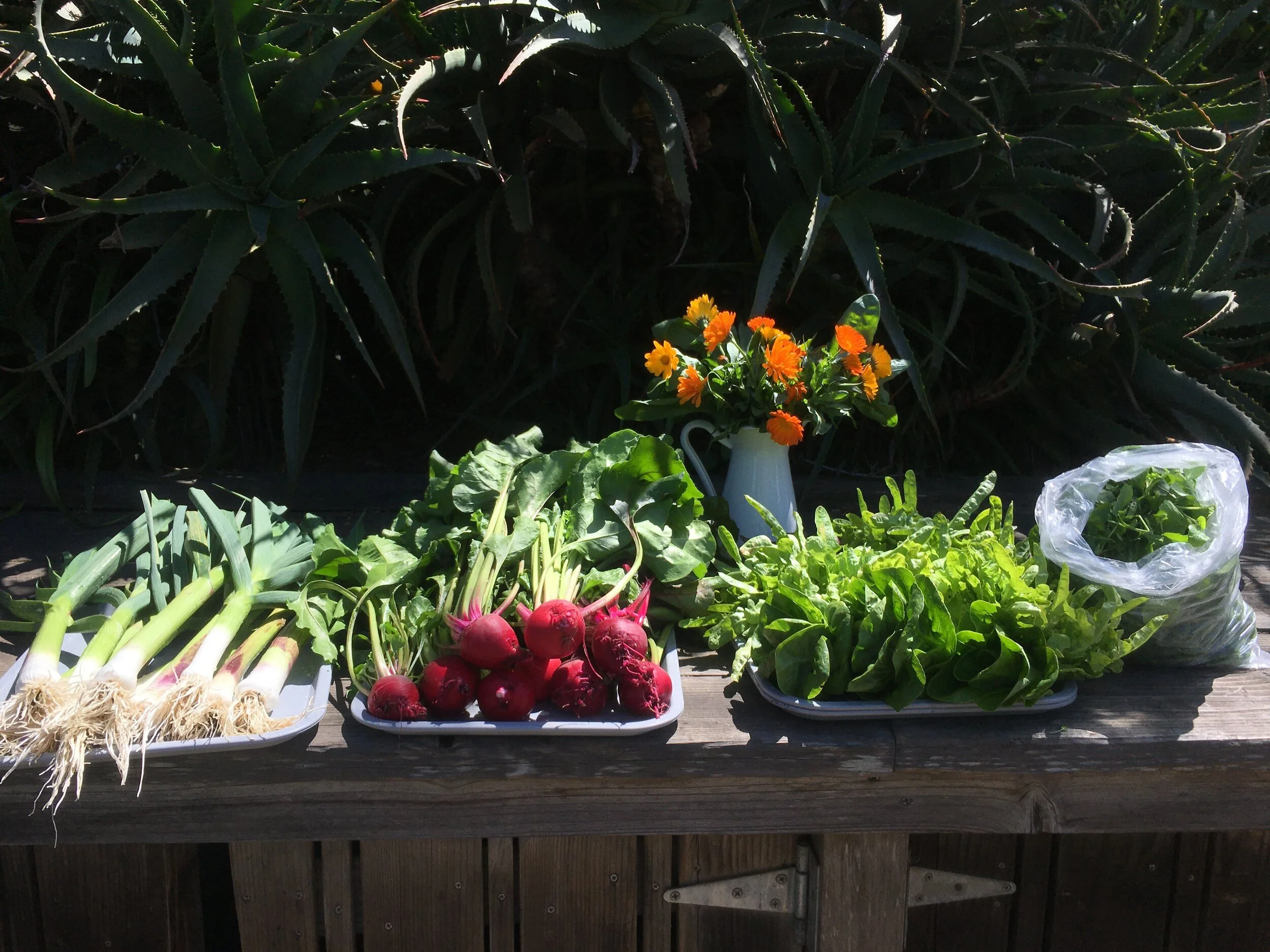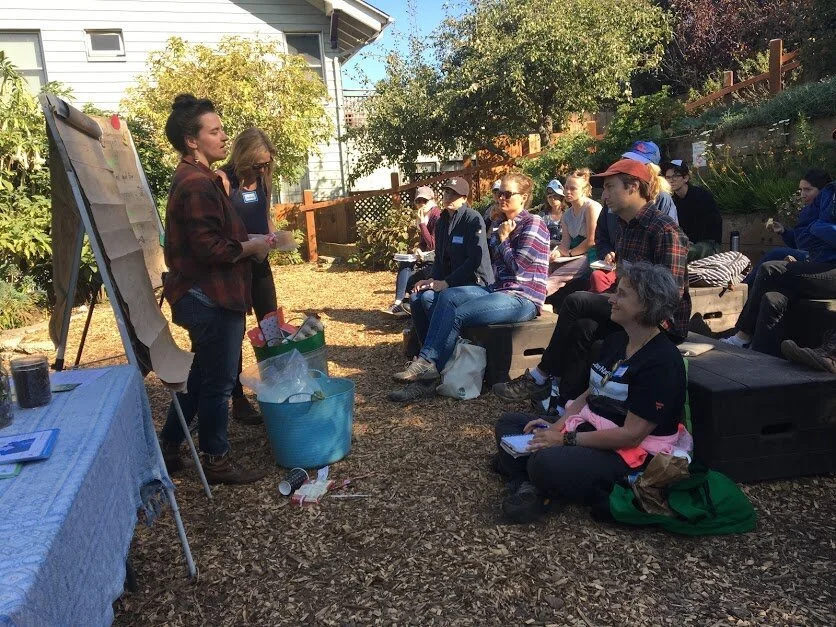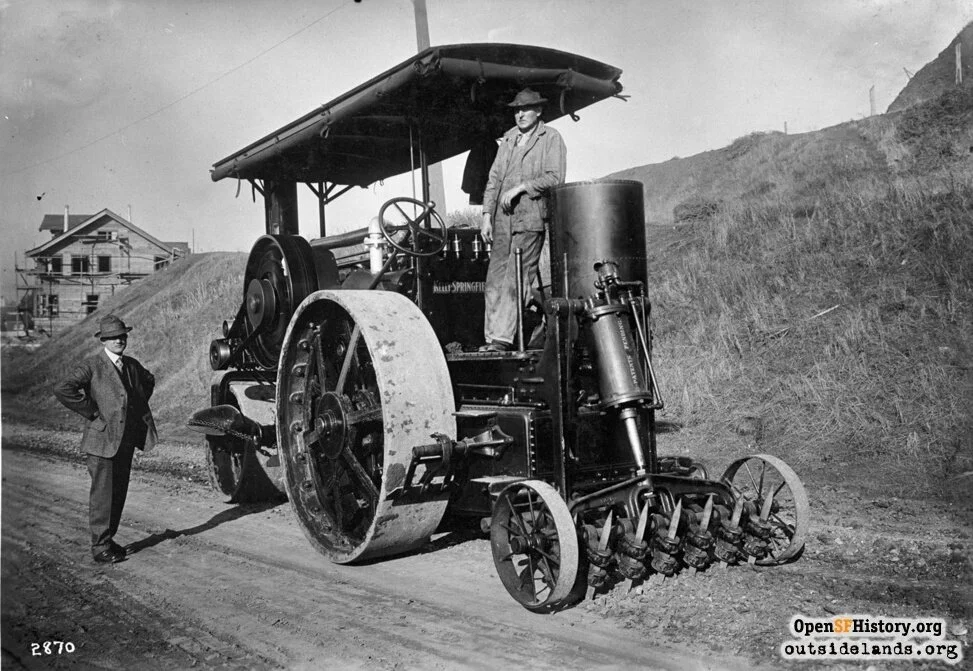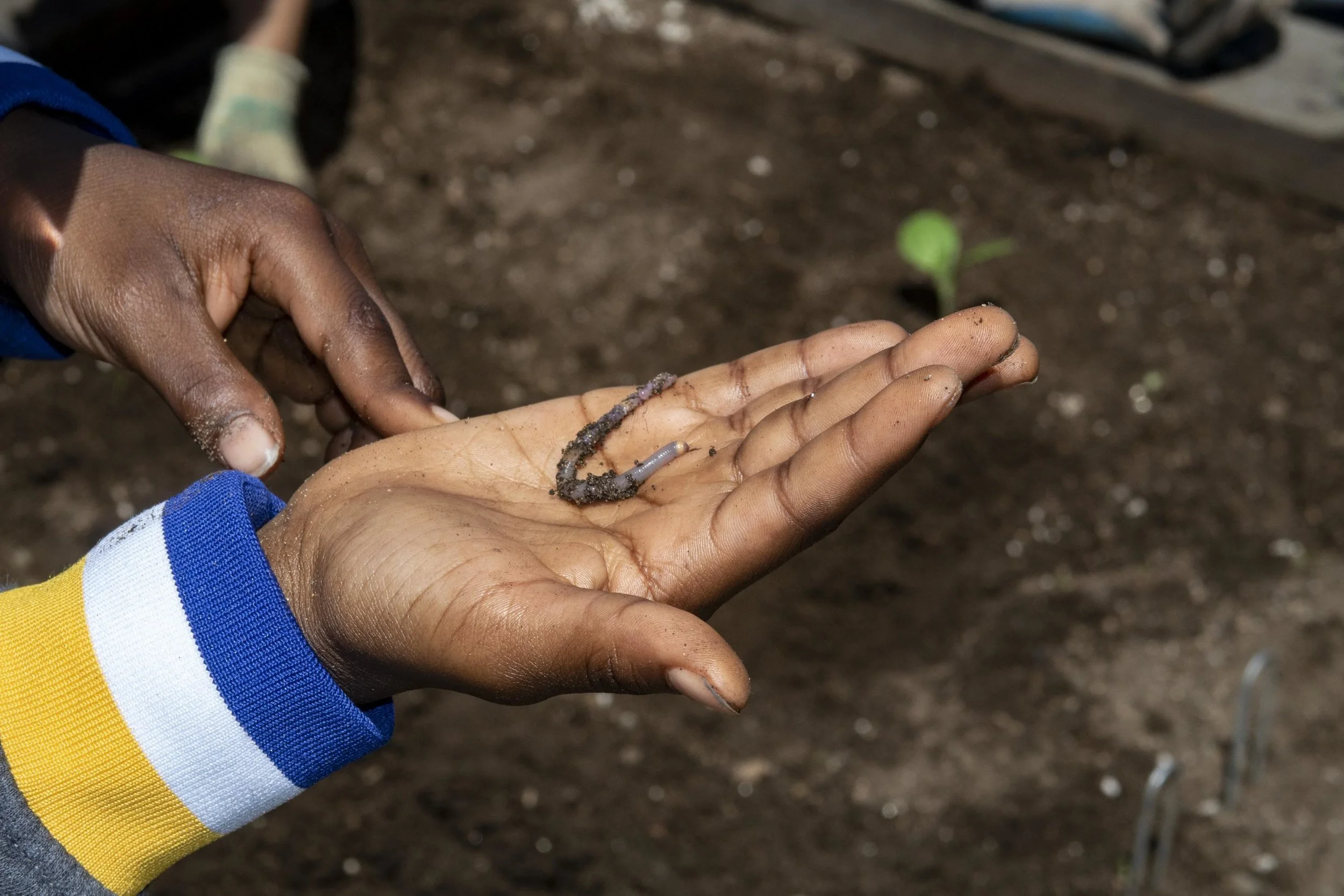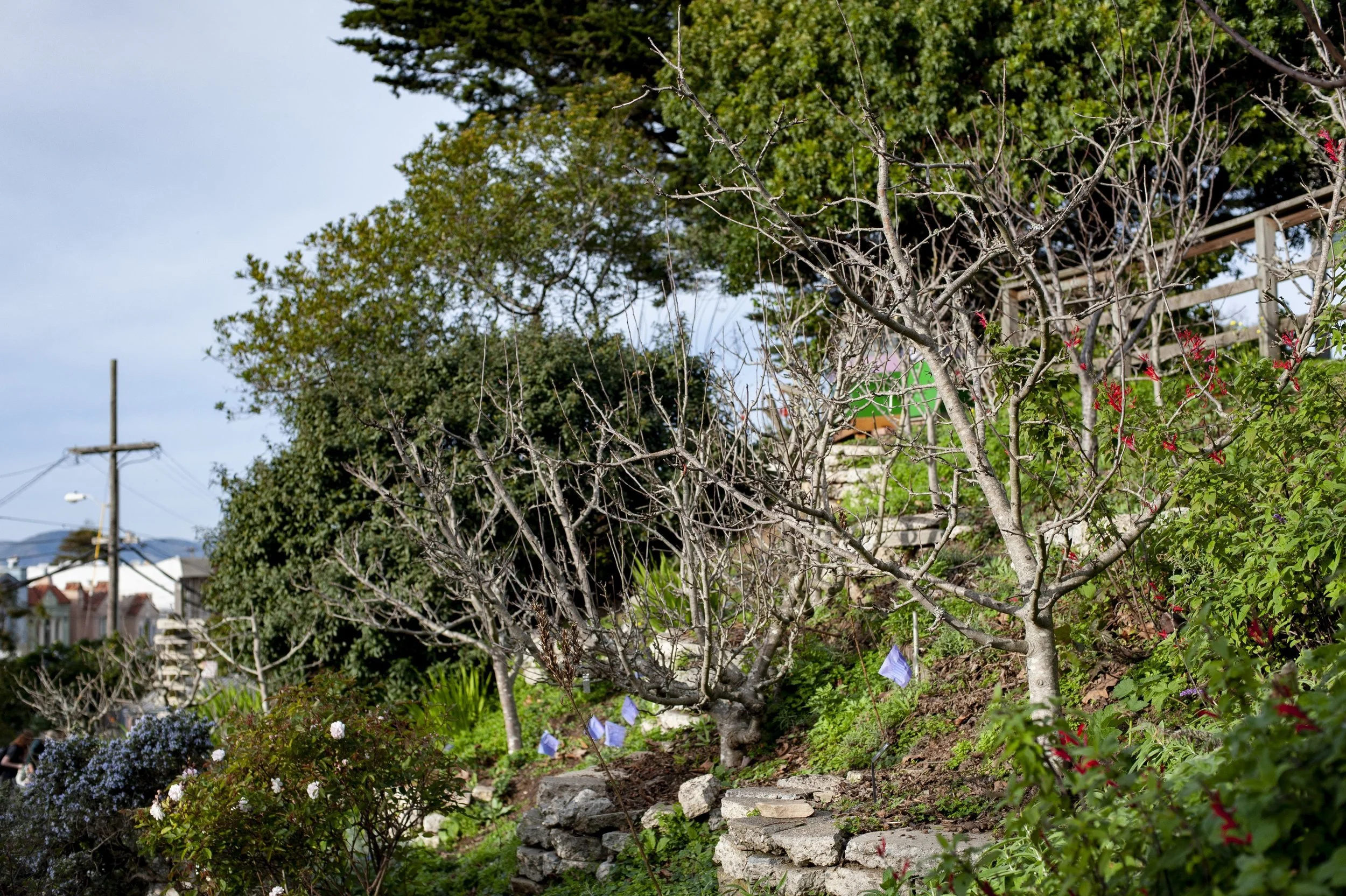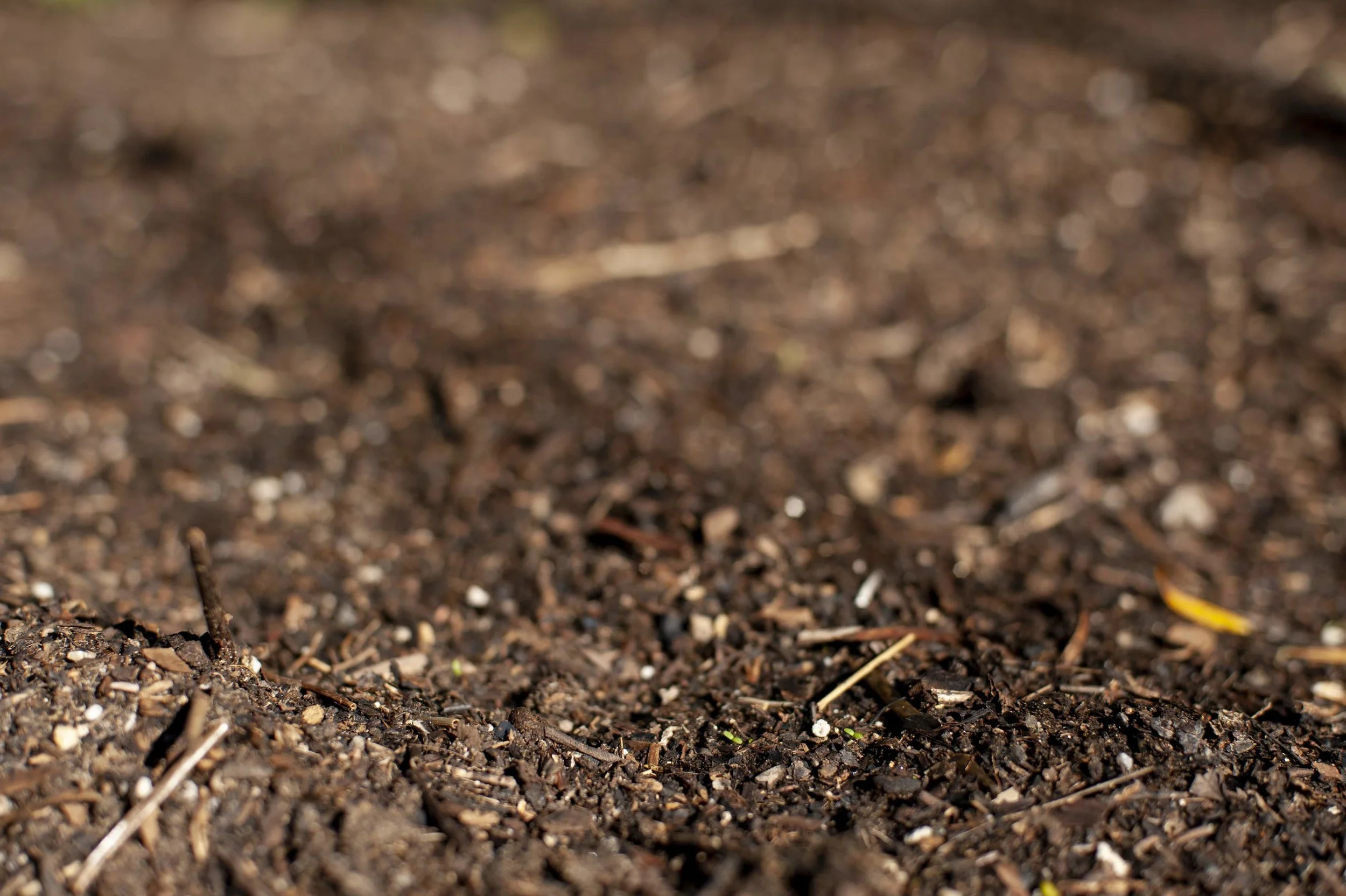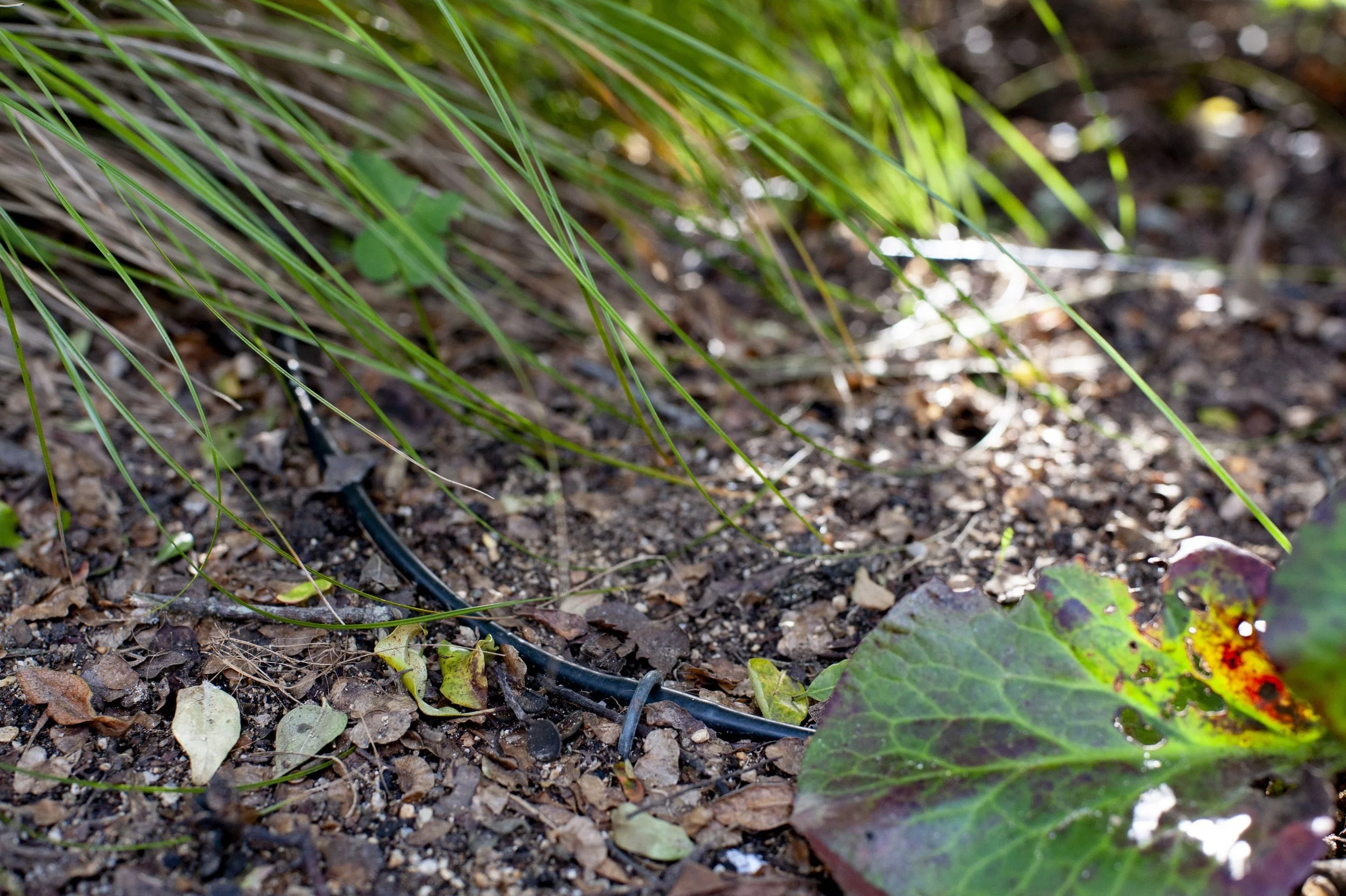Growing Gardeners
Dig into our online garden classroom featuring urban gardening advice, fun projects for kids, and recipes straight from the garden.
Learn to foster a garden that supports your community and local ecology.
30th Anniversary Historical Post: Then-and-Now Perspectives from 23+ Years
In this week of celebrating GFE’s 30th anniversary, we take a look at some then-and-now photos chronicling at least 23 years of the garden’s history. The garden has undergone drastic and amazing changes, all in the effort to educate San Franciscans about the importance of gardening.
Our 30th Anniversary Party: What We Planned
Our party was originally scheduled for this Saturday, May 16th. After months of preparation and planning, it became clear shortly after the shelter in place order went into effect that we would have to cancel. We plan to celebrate once we can all gather again, and I’m back from maternity leave, but in the meantime, let me tell you about the epic party we planned.
30th Anniversary: Youth Education
Reflections on the Youth Education Program at GFE as we celebrate our 30th Anniversary.
What Happens with our Fruits and Vegetables?
GFE is a teaching and demonstration garden, so what happens to the vegetables in our raised beds and fruits from our orchards when it’s ready to harvest? Learn more about our donation efforts.
30th Anniversary Historical Post: The Evolution of GFE's Hillside Areas
Today’s historical post takes a look at our hillside areas over twenty-four of the garden’s thirty-year history.
30th Anniversary Historical Post: Water, Water Everywhere (around GFE)!
Today’s historical post looks at GFE and the water surrounding it, past and present.
30th Anniversary Historical Post (on Earth Day #50): The Evolution of GFE's North Classroom Space
Happy 50th Earth Day! In recognition of this important anniversary, we’ll take a look at the evolution of one of our spaces, the North Classroom. It’s one of the areas in the garden that’s been the most pivotal in conveying the message of nurturing and protecting our planet in myriad ways in our 30-year history.
30th Anniversary Historical Post: GFE and Victory Gardens in San Francisco
We’re going to jump around in time here as we address Victory Gardens in San Francisco’s history, and where GFE intersects with this history.
30th Anniversary Post: Was GFE land once a quarry?
Was the land that Garden for the Environment now occupies once a quarry? This photo journey from 1938 to 1958 delves into this question.
30th Anniversary Post: The GFE Area in 1910
In this week’s historical post, we’ll go back even further in time, to 1910 -- 110 years ago! The plants are different and the appreciation of them persists…
30th Anniversary Post: A Trip Back to 1915!
Welcome to GFE’s new weekly 30th anniversary historical post, in which you’ll learn something new about GFE’s rich past. While the garden broke ground in 1990, today we go waaaaay back to December 21st, 1915, to see what the GFE land looked like back then.
New Year's Resolutions
On my honor, I will try to do my part to rebuild the living soil, recharge the aquifers, protect the life cycles of endangered plants and animals, and respect all life, from the mycorrhizal fungus to the red-shouldered hawk, (excepting only rats, gophers, and oxalis.)
Now there’s a resolution.
Don't Give Up, Planting Time is Now
The weeks we are having right now are the best time of the year to plant shrubs and perennials for our summer dry climate. The soil is still warm from summer and autumn, but now it’s also thoroughly moist from the first weeks of good rain. The sunny days with fluffy, white clouds that come between rainstorms are the ideal time for planting. Newly installed plants will have five or six months to get their roots down into new soil before they get their first drought stress test, often in late May or early June when the first dry hot day of the new year comes along.
How Do Purple Flags Fight Climate Change?
What we are learning now is that the presence of green growing plants is even more important to building a living soil than the presence of decomposing organic matter. By planting a mixed perennial meadow under our fruit trees instead of constantly disturbing the soil with weeding, we are adding much more carbon to our soil over time than we could by simply mulching. While getting rid of the oxalis weeds is great, getting rid of the carbon dioxide that is driving climate change is much more important.
The Birds and the Bees
Spring is in her prom dress now, and all the birds and bugs are zooming around, finding mates, showing off, and building nests. If your garden is planted to attract hummingbirds, you may be puzzled by some unusual behavior. Occasionally you may see a hummingbird ignoring all the beautiful red tubular blossoms you have provided and instead zooming around under an old porch or dead tree. What the heck is it doing?
Fight Climate Change in Your Backyard
Scientists are telling us unanimously that our use of carbon based fuels is changing the balance of gases in our atmosphere. Of course, we have to stop burning so much fossil fuel. But we also have to start taking carbon out of the air and ‘sequestering’ or storing it somewhere else. Luckily, nature already has a way of doing this. It’s called photosynthesis, and green plants do it all day long. They take carbon dioxide out of the air and store it in their bodies. Their roots also carry it deep into the soil and store it underground.
Towards a Leafy Future (Even in a Drought)
Every spring, as the last rains finish, gardeners are busy turning on the drip irrigation timers, and running each valve, to make sure that there are no leaks, and that the water is being targeted correctly. This year, because of our record-breaking drought, the stakes are even higher. Almost every garden has room to trim water use. First of all, if your garden still doesn’t have drip irrigation, now is the time. Drip irrigation applies the water slowly and evenly directly into the soil, so that none is lost to evaporation or run-off.


